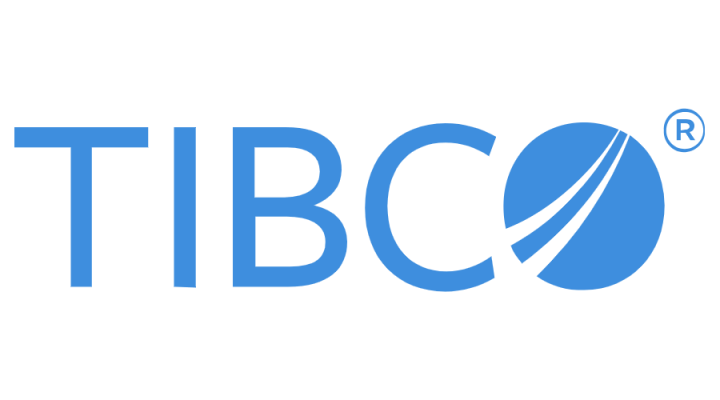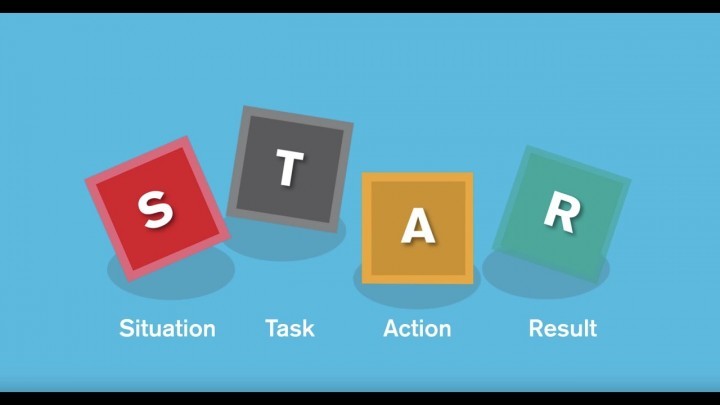
A Guide to Employee Satisfaction Survey
In our last blog, HRavailable discussed the basics of Employee satisfaction surveys and how it matters in the current workforce.
We know that having satisfied employees leads to having satisfied customers. Positive energy can be contagious, but unfortunately, so can employee dissatisfaction. It’s worth knowing what drives satisfaction in your workplace, as well as knowing how, when, and who to ask the appropriate questions through a survey to find out.
Many companies worldwide utilize employee surveys as a way to solicit feedback and improve the employee experience. But quite a few we speak to don’t get the results they’d hoped for.
To help, HRavailable will look at how to approach employee surveys, and some powerful questions.
How to create an employee satisfaction survey?
Our Employee Satisfaction Survey Guide provides a step-by-step guidebook towards crafting an ideal employee satisfaction survey for your company. We’ve highlighted the best steps for how a survey can engage employees and ultimately better the organization, including:
- Best practices for how often to survey employees
- Ideal times to survey new employees
- What questions to ask, depending on how long the employee has been at the company
- Example questions that are often included in effective surveys
- Who should administer an employee satisfaction survey
- Making the best use of the survey results
Purpose of Employee Satisfaction survey
Asking the right questions is critical to getting meaningful, actionable feedback from your employee surveys. Whether you’re trying to:
- Get a better understanding of your company culture
- Track employee satisfaction and engagement
- Measure the health of your onboarding program
- Manage employee performance
- Measure the effectiveness of your leadership
- Identify reasons for employee attrition
- Guage whether your benefits packages are attractive, or
- Understand individual employees’ goals and motivations.
Examples of employee survey questions
Here are 30 examples of questions you might include in your employee surveys.
Note that each question is phrased as a statement, allowing the respondent to rate the degree to which they agree.
- I feel that my work is valued
- Good work is recognized and celebrated
- I feel that I am given the information I need to perform my role effectively
- I have access to the resources and tools I need to do my best work
- I receive meaningful feedback
- I receive constructive feedback at regular intervals
- I feel challenged by my work
- I feel that my skills are being utilized effectively
- I have received enough training to perform my role effectively
- I feel that I have ownership over my work
- I feel that I am trusted with autonomy
- I feel that I am given the support I need to do my job well
- I understand how my role supports the company’s mission
- I see opportunities for career growth at this company
- I feel that employees are treated fairly at this company
- I feel that performance reviews are clear
- I feel that performance reviews are accurate
- I would recommend this company as a good place to work
- I feel that my current role aligns with my career goals
- I feel that my opinions are valued in the workplace
- When organizational changes are made, I feel that the reasons for these changes are communicated effectively
- I am satisfied with the benefits I am receiving
- My goals and deliverables are clear to me
- My team’s goals and deliverables are clear to the whole team
- My manager makes me feel inspired and motivated
- I feel that all employees are held accountable for their performance
- I feel that I have a healthy work-life balance
- I feel that I am growing professionally in this role
- I feel that I am fairly compensated for my work
- I feel that the company lives up to its values
You may also choose to include space for comments to allow employees to provide more context and information.
How to measure employee satisfaction survey?
- Cleanse the text of personally identifying information
- Aggregate numerical results
- Look for patterns in open-ended text answers
- Communicate results to the leadership team
- Decide which critical issues to address
- Communicate the results back to the team
What to do with your survey responses
The whole point of employee surveys is to measure what’s working and what’s not so that you can make changes that improve employee engagement.
Improving the employee experience and raising morale will have a knock-on effect on your organization’s productivity and bottom line.
So how do you achieve this?
- Crunch the numbers and analyze your survey data to identify common areas of concern.
- Interpret text responses to any open-ended questions you included, as well as any comments left by respondents. It’s most beneficial to get an impartial third party to do this and/or employ sentiment analysis software to prevent misinterpretation or bias from skewing the results.
- Follow up with survey respondents and share your findings. This is a good opportunity to ask for additional input and discuss the next steps.
- Apply any changes you make using the information on a trial basis and conduct a follow-up survey to measure their impact after a set period such as three months.
What change implementation looks like will depend on the focus of the survey in question. For instance, if your employee engagement survey found that your team doesn’t feel that it gets enough recognition, you might pilot an employee recognition program.
No two businesses are the same, which means that every business’s survey results—and the action needed in response—will look different.
What is certain is that a well-conducted employee survey can help to bridge the gap between management’s expectations and employees’ experience.
HRavailable keeps you updated on the latest news in the UAE job market.
Get to know more in-depth knowledge on various HR-related topics visit HRavailable.
HRavailable keeps you updated on the latest news in the job market.
Get notified about the latest job openings through HRavailable and never miss a chance to get noticed by the recruiters.















































































































































